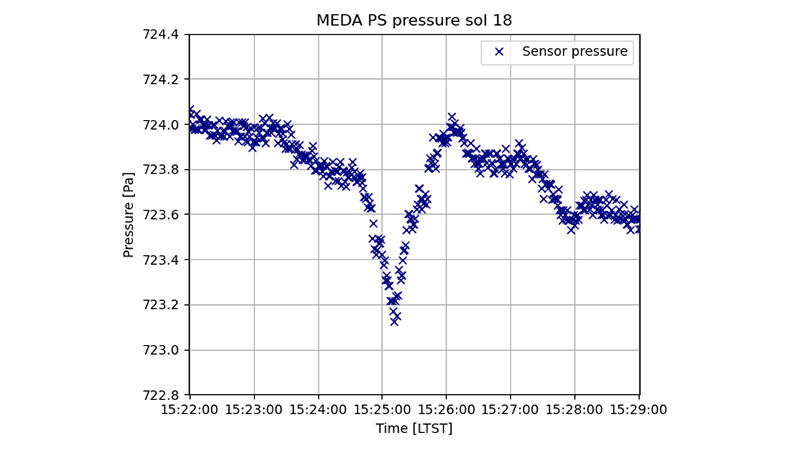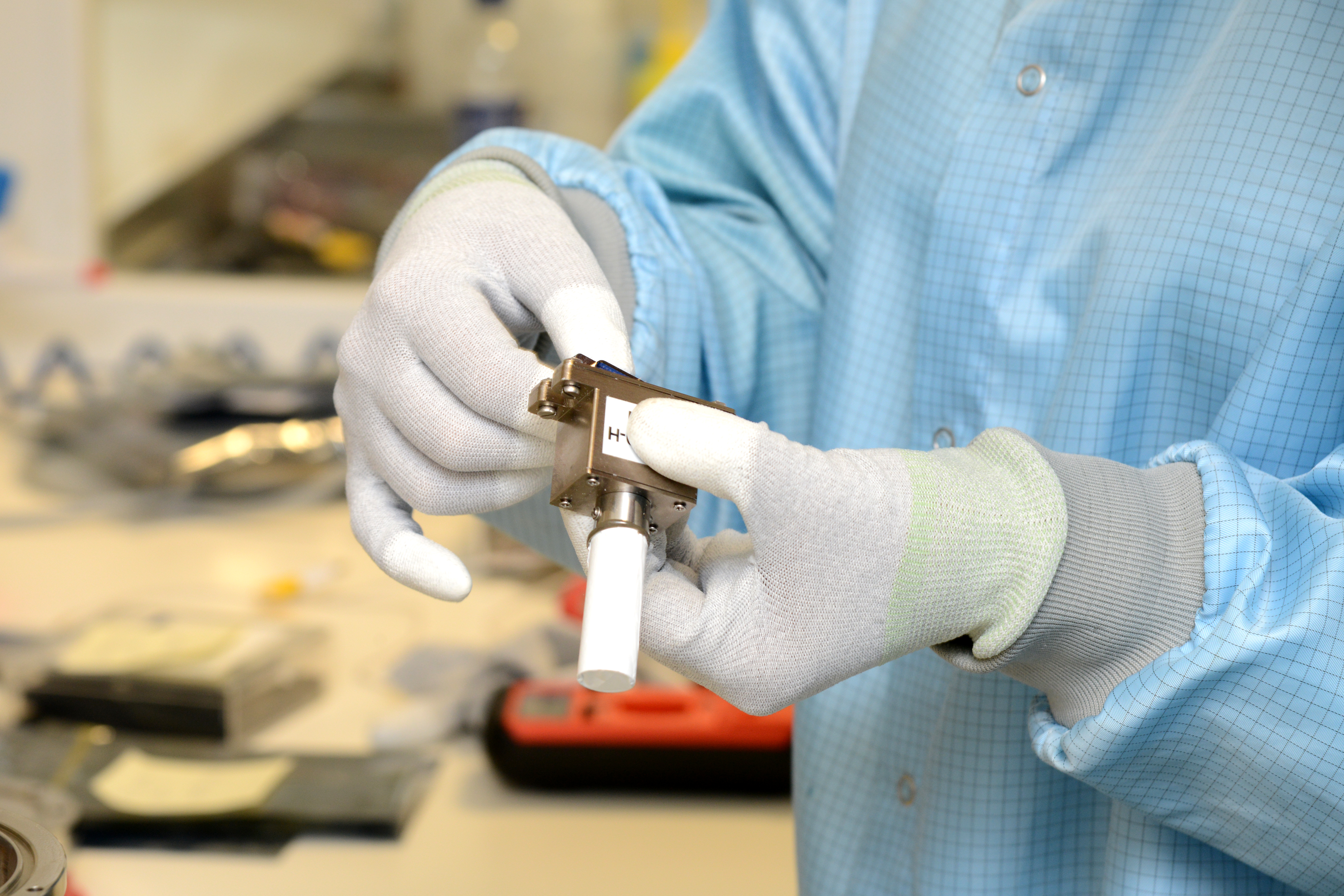Hallå, finns det någon därute? Ja, vi är här.
Vaisalas rymdsäkra sensorer är i aktion på den röda planeten!
Science on Mars kortfilmer
Webbsändningar om rymdsäker teknik
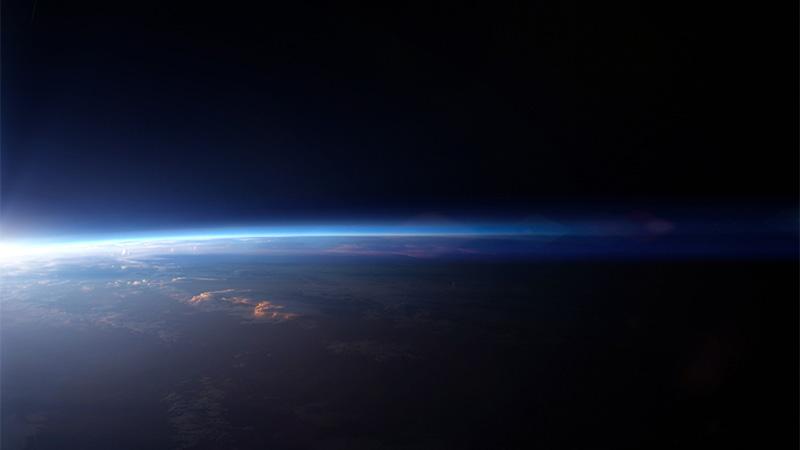
Två olika världar, samma teknik
I vår webbsändning kan du se hur vår rymdsäkra teknik används på jorden!
Hur kan dina krävande industriprocesser och din verksamhet dra fördel av Vaisalas rymdsäkra teknik?

Rymdsäker teknik
Kom i rymdstämning! Teknik som har utvecklats av Vaisala och Finlands meteorologiska institut är på väg mot Mars. I den här webbsändningen får du lära dig om rymdsäker teknik, hur den fungerar, vad den gör och varför den är viktig. Du kommer att få lyssna...
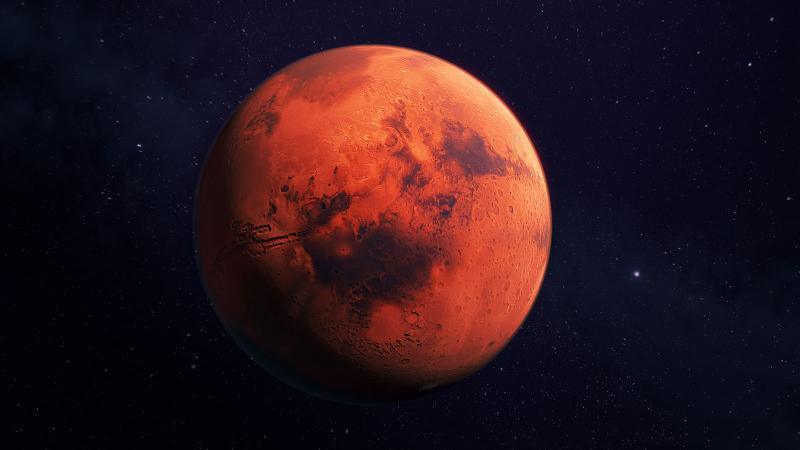
På väg mot Mars
Tekniskt nytänkande och en vilja att utforska världen omkring oss har präglat Vaisala redan från start. Det har tagit oss med på en resa hela vägen ut i rymden. Som en del av NASA:s Mars Exploration Program, och i samarbete med Finlands meteorologiska institut (FMI), landade Vaisalas innovativa teknik återigen på Mars. Under Vaisalas och FMI:s över 30 år långa samarbete har de arbetat tillsammans i NASA:s rymdutforskningsprogram – exempelvis med den tidigare rymdbilen Curiosity 2012.
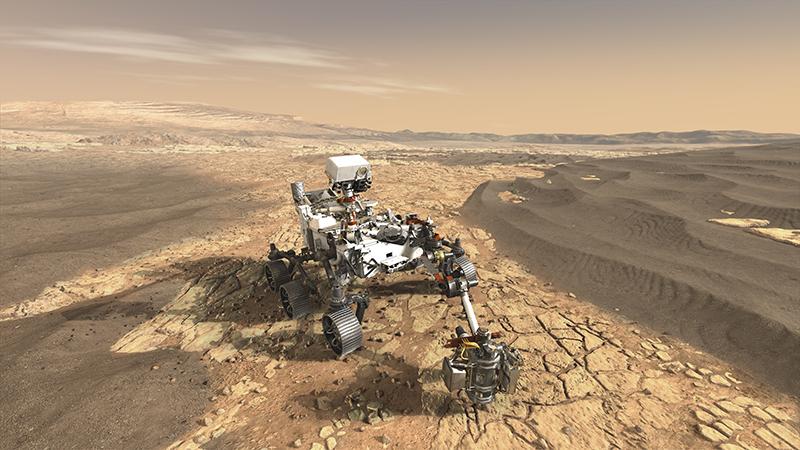
Stjärnan i det nya Mars-uppdraget är Perseverance, en rymdbil utrustad med olika typer av mätutrustning. Ett exempel på detta är MEDA-enhetspaketet som innehåller ett mätinstrument utformat av FMI. Instrumentet bygger på Vaisalas tryck- och fuktighetssensorer, som här används för att samla in exakta avläsningar. Avläsningarna används sedan för att studera Mars atmosfär. Perseverance lämnade jordens yta under den senare delen av juli 2020 och nådde fram till Jezero-kratern på Mars i februari 2021. Tillsammans med rymdbilen Curiosity och NASA:s InSight Lander, utgör Perseverance det första meteorologiska observationsnätverket på en annan planet.
Mars kan hjälpa oss förstå jorden
Att utforska rymden främjar innovation och internationellt samarbete. De tillfredsställer också människans medfödda behov av att utforska och förstå världen omkring oss. Sedan 1990-talet har våra sensorer använts under olika rymduppdrag till Mars. De har bidragit till flera viktiga upptäckter, bland annat förekomsten av vatten på den torra planeten. Mars är extra intressant att studera på grund av dess många likheter med jorden. Genom att skaffa sig kunskaper om Mars kan vi bättre förstå de utmaningar jorden står inför, exempelvis klimatförändringar.
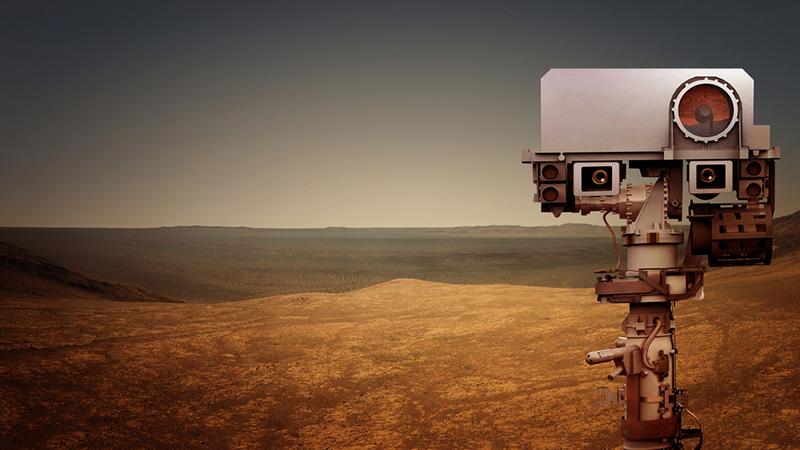
Om det fungerar på Mars fungerar det var som helst
De skoningslösa förhållandena i rymden ställer höga krav på tekniken, som kräver de mest pålitliga sensorerna som man kan förlita sig på klarar sig utan reparation. Man kan helt enkelt inte ge sig ut i sådana förhållanden med vilken instrumentering som helst. MEDA-enhetspaketet är utrustat med Vaisalas HUMICAP® fuktighetssensorer och BAROCAP® trycksensorer kända för deras långsiktiga stabilitet och noggrannhet. Enheterna liknar de som skickades till Mars redan med den första Curiosity-rymdbilen 2012.
Se våra senaste rymdnyheter och artiklar
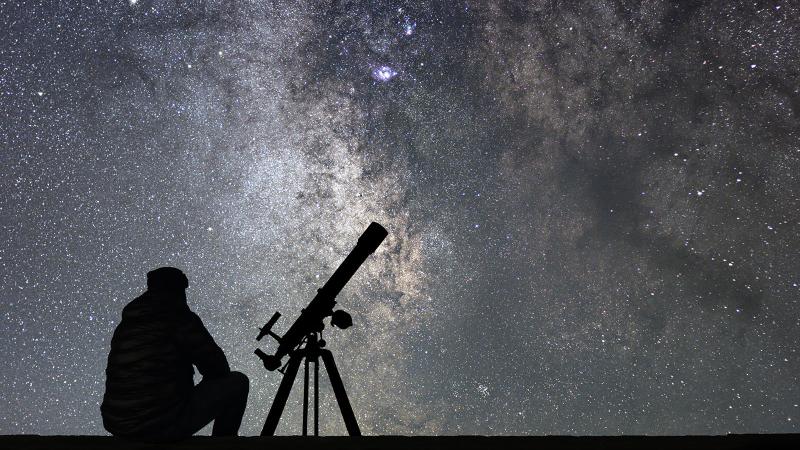
Har utforskat rymden sedan 1950-talet
Rymden har alltid fascinerat oss människor Vi på Vaisala är stolta över att ha kunnat stödja utforskningen av rymden ända sedan starten. Vaisalas sensorer började användas redan 1996, då FMI, Vaisala och andra samarbetspartner för första gången gav sig iväg till Mars. Sedan dess har samarbetet resulterat i bland annat NASA:s Curiosity-rymdbil 2012 och ESA:s ExoMars-uppdrag 2016. Mars är dock inte den enda plats i rymden som Vaisalas teknik har varit inblandad i. Vår rymdhistoria sträcker sig hela vägen tillbaka till 1950-talet och hela vägen till Saturnus.
Vaisalas sensorer har vågat sig ut i rymden
Vaisalas teknik har använts för att utforska Mars
Vaisalas sensorer har använts i undersökningar av Saturnus måne Titan
